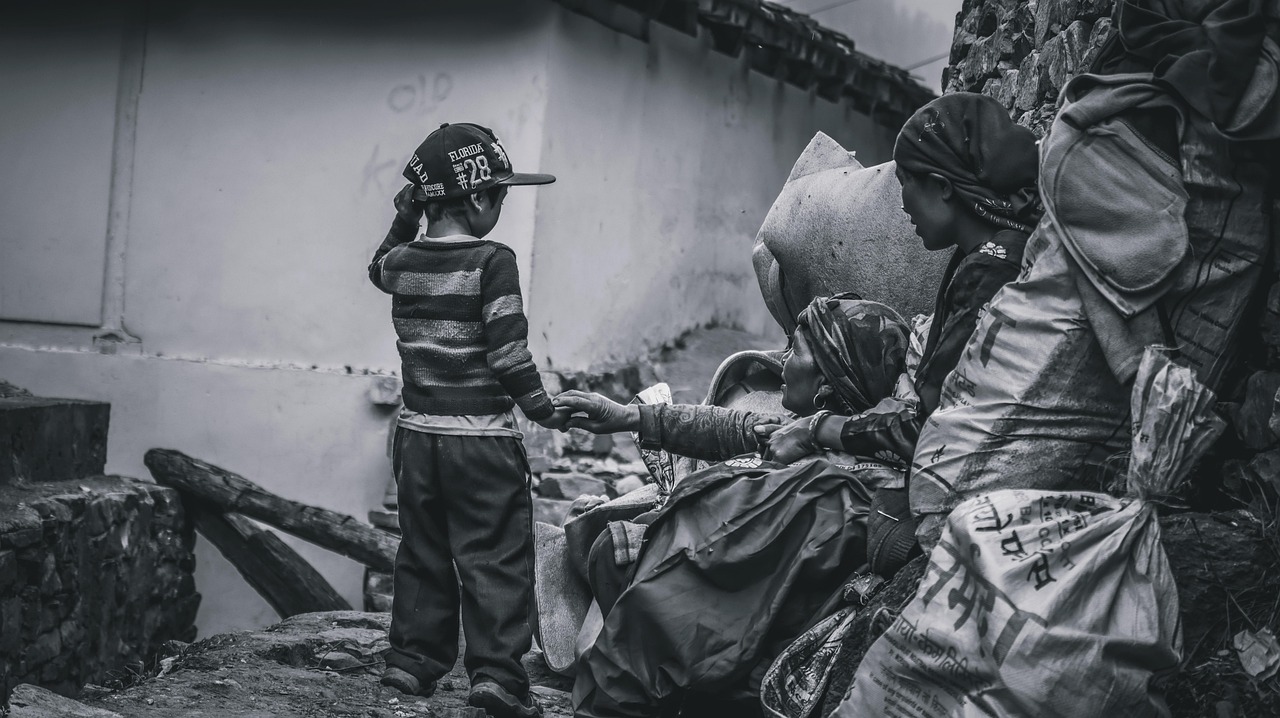Context
Globally, 617 million children lack basic literacy and numeracy skills despite attending schools. In Latin America, the crisis is aggravated due to extreme inequalities that influence educational outcomes. In Mexico, the National Institute for the Quality of Education shows that 5.5 million children and young people between 3 and 17 years of age do not attend school. Those who attend present a significant learning lag: more than 60% of students in sixth grade of primary school and third year of secondary school reached achievement level I, which is considered insufficient, in Mathematics. The MIA project, initiated in 2014, responds to these challenges by adopting a "Citizen-Led Assessments" methodology, first established by the Annual Status of Education Report (ASER) in India in 2004.
Solution
MIA has been adapted for the case of Mexico to provide more localized and actionable insights into the educational landscape. MIA has three main interventions—first, citizen assessments. The program conducted assessments in six southeastern Mexican states that measure basic educational attainment in reading and mathematics among children aged 5 to 16, irrespective of their school attendance. This was done through the mobilization of 2,800 volunteers, and 20,000 children were assessed. Moreover, MIA has implemented several educational innovation schemes, including summer courses, school clubs, and in-school and out-of-school programs, based on the "Teaching at the Right Level" teaching model. Typically, these programs involve 20 sessions, each lasting three hours, where engaging group activities are conducted, offering a break from the usual classroom routine. The programs are run by facilitators from local and volunteer organizations, often working with local governments, who are dedicated to improving education in their communities. Moreover, continuous evaluations and monitoring are needed to ensure that intervention is working and revisit things that are not working.
Impact
From 2014 to 2018, MIA has had a significant impact. Post-intervention evaluations indicate that 58% of participants improved by one to two levels in reading, and 54% showed improvement in mathematics. Moreover, the methodology has fostered greater community involvement in educational issues, enhancing the sustainability and reach of the programs.












